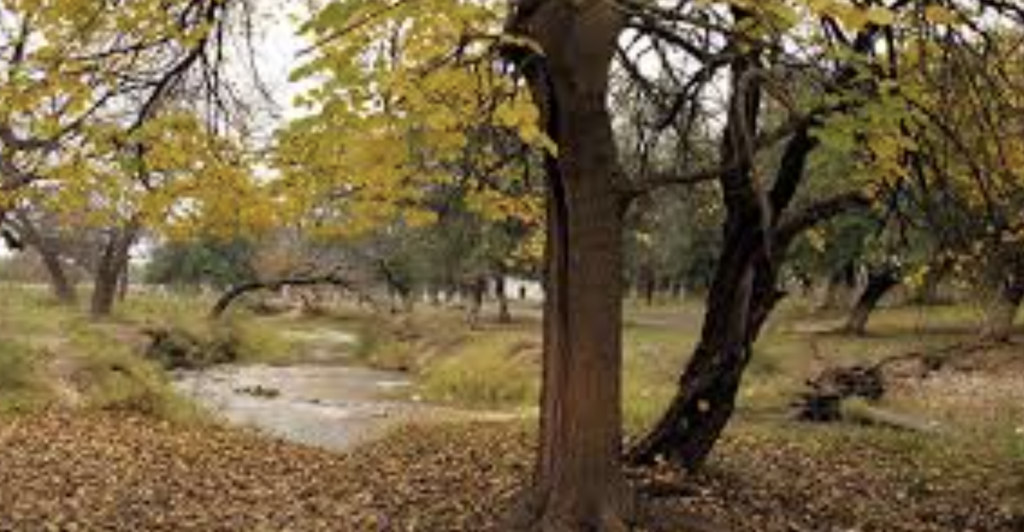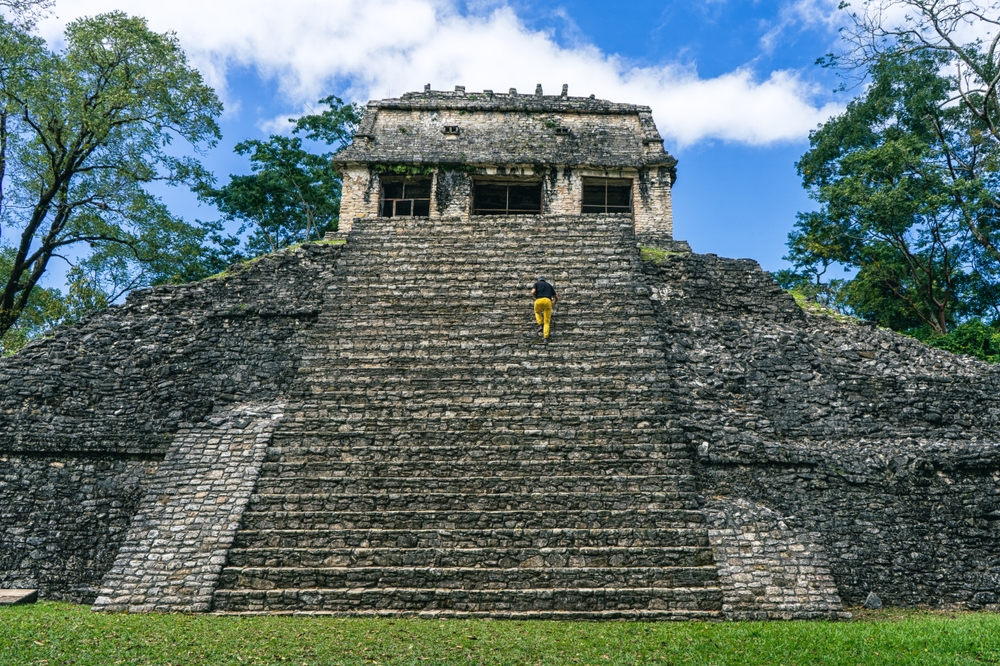Sacromonte Overview
Sacromonte National Park, locally known as Parque Nacional Sacromonte, is a protected area situated in the State of Mexico, near the town of Amecameca.
Established on August 29, 1939, the park encompasses approximately 0.45 square kilometers (0.17 square miles), making it one of the smaller national parks in the country. Despite its modest size, Sacromonte holds significant cultural and ecological value.
The park is characterized by its prominent hill, rising about 200 meters above the surrounding landscape. This elevation offers panoramic views of Amecameca and, on clear days, glimpses of the majestic Popocatépetl and Iztaccíhuatl volcanoes. The terrain is predominantly covered with oak forests, interspersed with species such as ash, casuarina, and eucalyptus.
These woodlands provide a lush, green canopy that supports a variety of flora and fauna. The park’s diverse plant life includes over 250 species, with some classified under risk categories according to the Norma Oficial Mexicana NOM-059. The forested areas are complemented by rocky outcrops and meandering pathways that lead visitors through the serene natural environment.
Sacromonte National Park is home to a variety of wildlife, including mammals like squirrels, rabbits, and opossums. Birdwatchers can observe species such as the mountain sparrow and the great horned owl. Reptilian inhabitants include the rattlesnake, which thrives in the park’s undisturbed habitats.
The combination of forested areas and open spaces creates a balanced ecosystem that supports both predator and prey species. The park’s biodiversity is a testament to its well-preserved natural habitats, offering refuge to both common and rare species.
A notable feature within the park is the Sacromonte Sanctuary, a colonial-era monastery constructed atop the remnants of a pre-Hispanic temple. This sanctuary is a significant pilgrimage site, especially during local religious festivals.
The architecture reflects a blend of indigenous and colonial influences, with structures dating back to the 16th century. Visitors can explore the sanctuary’s chapels, courtyards, and the adjacent cemetery, which offers insights into the region’s cultural and religious history. The sanctuary’s elevated position provides a vantage point for breathtaking views of the surrounding landscape.
Visitors to Sacromonte National Park can engage in various activities, including hiking along well-marked trails that traverse the oak forests and ascend the central hill. The pathways vary in difficulty, accommodating both casual walkers and more experienced hikers.
Picnic areas are available for families and groups to enjoy the natural surroundings. The park also serves as a venue for cultural and religious events, offering a unique blend of natural beauty and cultural heritage. Guided tours are available for those interested in learning more about the park’s history, flora, and fauna.
Conservation efforts in Sacromonte National Park are focused on preserving its unique ecosystems and cultural landmarks. The park is managed by the National Commission of Natural Protected Areas (CONANP), which implements measures to protect native species and habitats.
Challenges include managing the impact of visitors and preventing the encroachment of urban development. Educational programs aim to raise awareness about the importance of conservation and encourage sustainable practices among locals and tourists alike. Recent initiatives have also focused on restoring areas affected by natural disasters, ensuring the park remains a vibrant habitat for its diverse species.
In summary, Sacromonte National Park offers a harmonious blend of natural splendor and cultural significance. Its rich biodiversity, historical sanctuary, and recreational opportunities make it a cherished destination for both locals and visitors seeking to experience the essence of Mexico’s natural and cultural heritage.
















































































